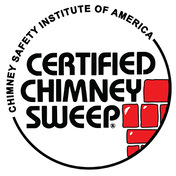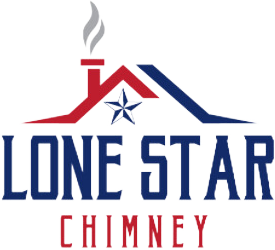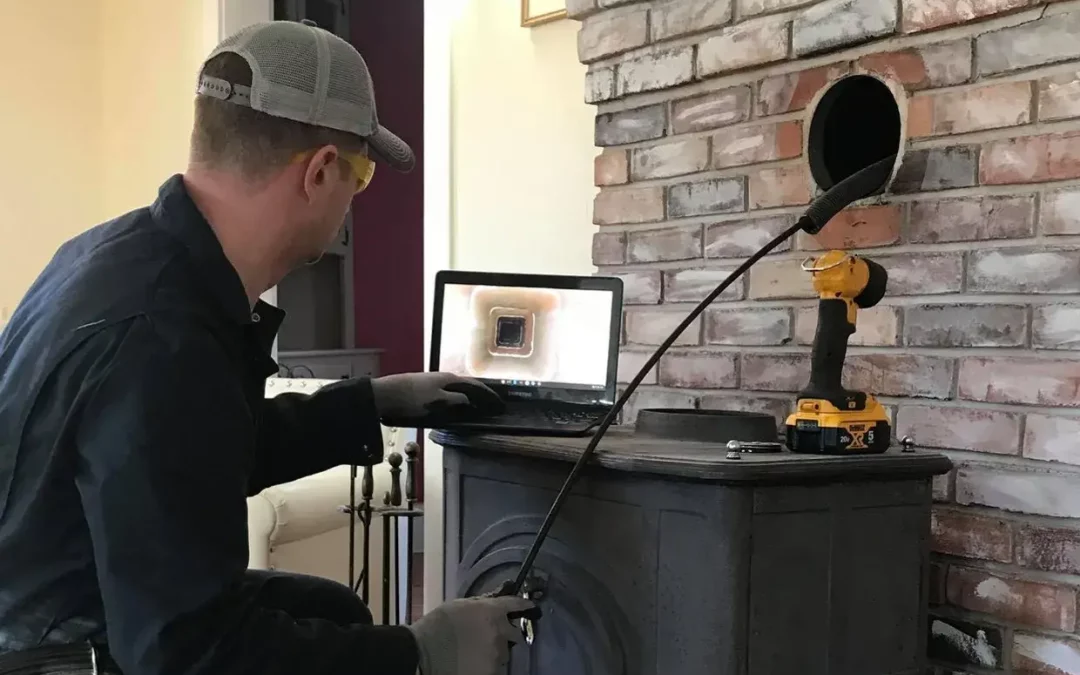A chimney inspection is an essential step in ensuring the safety and efficiency of your chimney. Whether you’re a homeowner in Houston, TX, or elsewhere, understanding the key components of a proper inspection can help you identify potential hazards before they become a serious issue. The chimney inspection checklist typically includes examining the chimney structure for cracks or damage, inspecting the flue for blockages, checking the fireplace for creosote buildup, and ensuring the chimney cap is in good condition. This thorough examination helps determine if your chimney is operating safely and effectively, reducing the risk of fire hazards and carbon monoxide poisoning. Regular inspections should be scheduled at least once a year to keep your chimney functioning properly, particularly if you use it frequently during colder months.
Key Areas to Focus on During a Chimney Inspection
A thorough chimney inspection involves looking at several key areas of the chimney system. The first area to check is the chimney liner, which protects your home from the extreme heat produced by a fire. Over time, liners can deteriorate, and cracks can form, posing a potential fire risk. Another critical part of the inspection is the chimney crown, which seals the chimney’s top and prevents water from entering. If the crown is damaged, water can seep into the chimney structure, leading to costly repairs. Inspecting for creosote buildup inside the chimney flue is also vital, as this highly flammable material can catch fire if not regularly cleaned. Finally, the chimney cap should be checked to ensure it’s properly installed to prevent animals from entering the chimney and creating blockages.
Why Chimney Inspections Are Crucial for Home Safety
In areas like Houston, TX, where heavy rainfall and humidity can affect your chimney, regular chimney inspections are crucial for maintaining your home’s safety. A neglected chimney can develop cracks, corrosion, or other issues that pose a significant fire risk. Moreover, without a proper inspection, you might not notice dangerous carbon monoxide buildup, which is odorless and invisible but deadly. A chimney inspection helps identify these issues early on, allowing homeowners to address them before they lead to dangerous or costly situations. Scheduling regular inspections ensures that your chimney remains safe, functional, and efficient, giving you peace of mind that your home is protected from potential hazards.
Read more:


